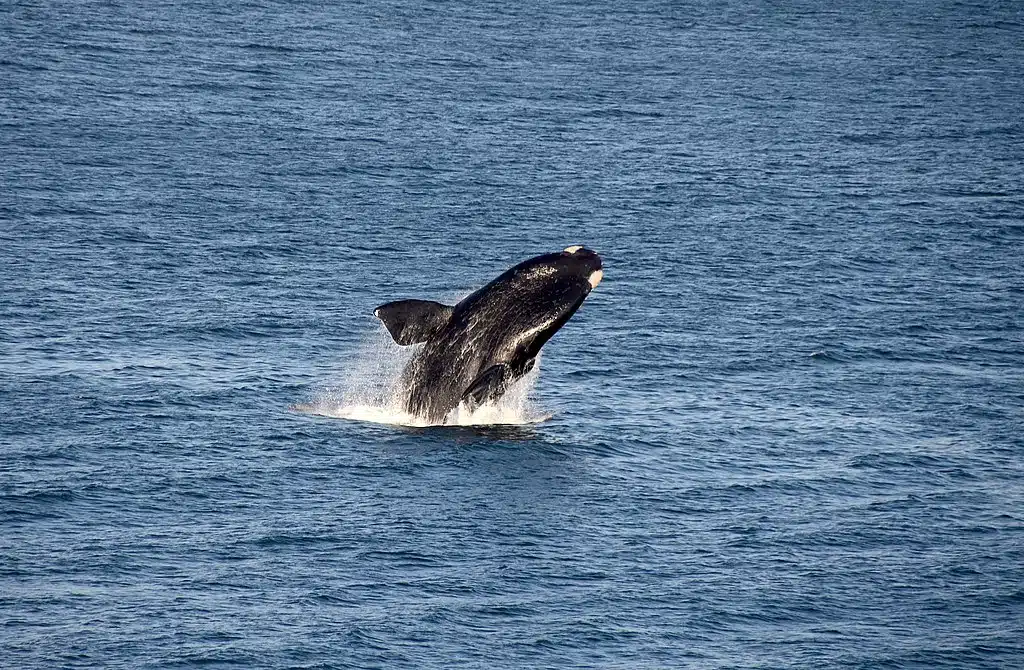The ocean is a world of mystery and fascination. It is full of surprises and secrets that always leave us astonished. The University of Western Australia recently researched the southern right whale calves. The study reveals these sea giants are the “little milk thieves.” This article shares what the research was all about and the results that were discovered from it.
The Core of the Study
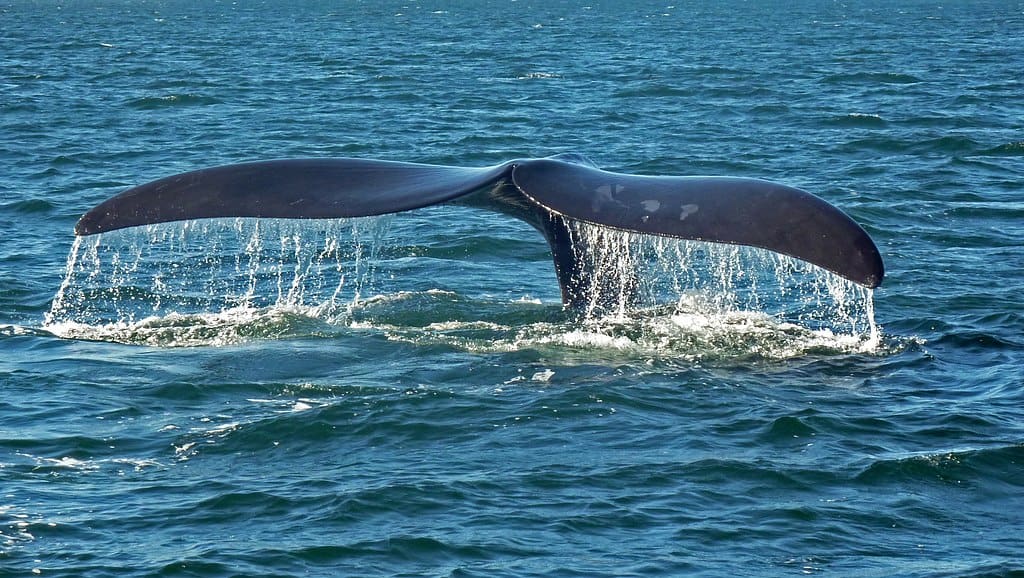
This is one-of-a-kind research that has been conducted. It focused on allosuckling in the whale calves. Allosuckling refers to a situation where the calf suckles from another mother apart from the biological mother. Dr. Fredrik Christiansen, from Aarhus University in Denmark, and Dr. Kate Sprogis, from UWA’s Oceans Institute and School of Biological Sciences, conducted the research. The co-authors published the research in Mammalian Biology.
Allosuckling Across Species
Allosuckling is not a new concept. It has been observed in seals and land mammals like giraffes, deer, and reindeer. But the extent to which it’s seen in whales is unmatched. To a certain extent, it’s the natural survival instinct of the babies in the wild. But in the southern whales, this behavior is seen to be quite direct and intentional. Also, it has been observed that the non-biological lactating mother usually evades this behavior.
Allosuckling Benefits and Drawbacks
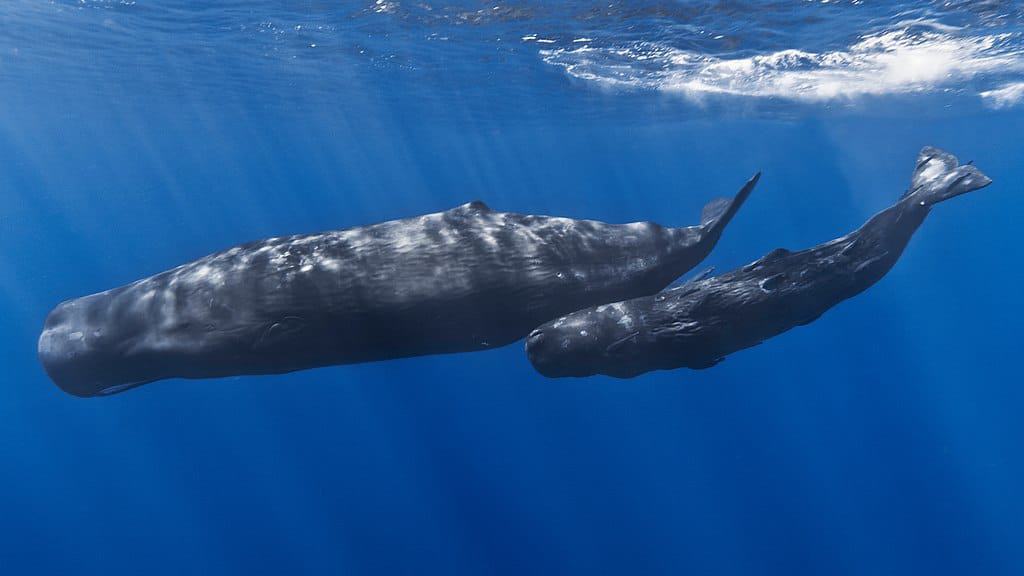
Allosuckling has its benefits and drawbacks. As for the calves, it helps them to grow in size and strength. But if we consider the mother whale, it is not beneficial. The reason is that the lactating mother also needs to provide milk to her offspring. When the calf suckles from the lactating non-biological mother, it, in a way, impacts the mother’s offspring. So, where allosuckling is helping one little calf, the other one is being deprived of what is his right.
The Outcome of the Study
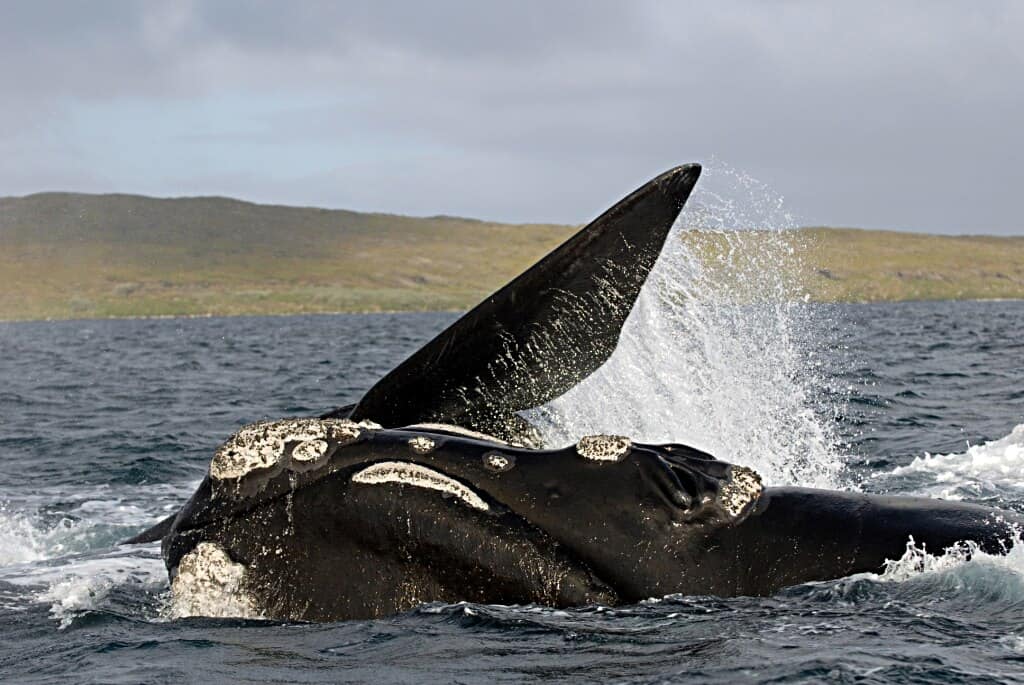
The study underscores the significant energy demands on lactating southern right whales. Dr. Sprogis explains that these whales follow a capital breeding strategy. This is where the mothers do not feed during the nursing season, depleting their energy reserves. This aspect is crucial, considering their long migration. The southern right whales migrate back to feeding grounds in sub-Antarctic regions or Antarctica. The reason behind this migration is to allow the mother whales to replenish their energy by consuming small invertebrates.
The Significance of the Research
Understanding the behavior of these endangered mammals is vital for conservation efforts, as their numbers are still below historical levels. The research also suggests that similar allosuckling behavior might occur in related species, like the critically endangered North Atlantic right whale, hinting at broader ecological implications.
Conclusion
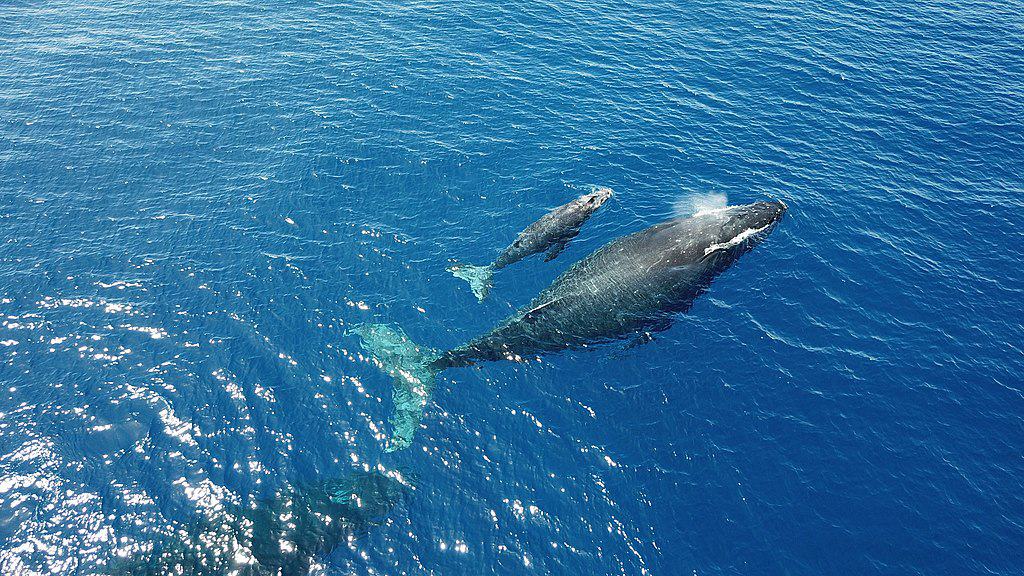
This research on the southern right whale calves is a breakthrough. It provides valuable insights into marine mammals’ complex behaviors and survival strategies. It allows us to understand more about this endangered species.
Ultimately, this study serves as a doorway into the deep blue world of the sea. As the exploration continues, we can only hope to see more such secrets revealed.
If you want to see more of whales, have a look at these articles:
Join our Forum for free today!

- Surprise Hippo Attack on Three Lions - July 21, 2024
- USA’s Best Wildlife Conservation Success Stories - July 14, 2024
- The Incredible Bird with Sunflower Eyes - July 13, 2024

